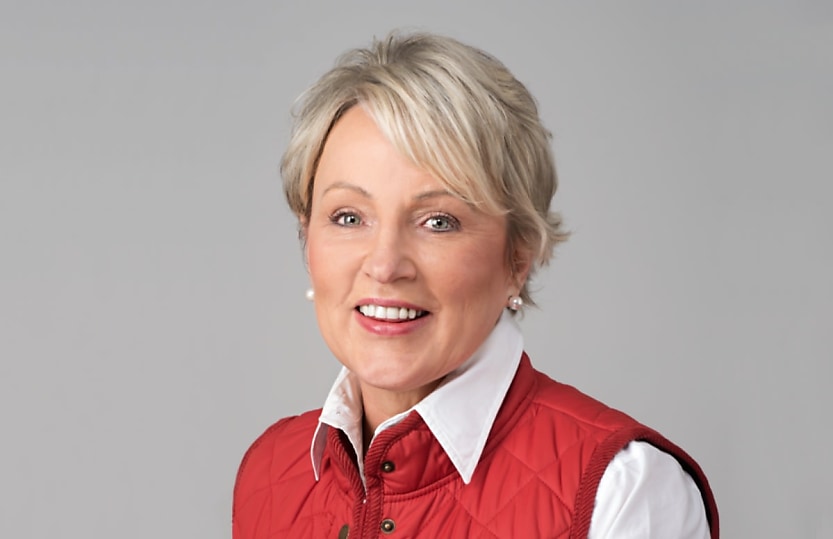SMEs must implement contingency planning as cash usage declines, says major bank

Business owners should review their payment options in line with customer preferences as cash usage declines, says NAB.
Small and medium business owners should consider implementing a plan to ensure the payment options they currently offer suit their customers and their business model, says NAB executive, business banking metro and specialised, Julie Rynski.
The decline in cash usage in recent years means SMEs need to make decisions around what works best for their customers in terms of payment options, she said.
An RBA survey released last year indicated that the number of cash payments made by Australians halved in the three years to 2022, from 32 per cent to 16 per cent of all in-person transactions.
Of all payments, including online transactions, cash made up just 13 per cent by number in 2022.
Around one-quarter of the participants in the survey indicated they would suffer a “major inconvenience” or “genuine hardship” if cash was hard to access or use.
Ms Rynski said that businesses are already considering how to better accept digital payments as consumers change their purchasing habits to include everything from online transactions to mobile wallets.
“However, the increasing number of payment channels means there is no one-size-fits-all solution for SMEs adapting to this new environment,” she said.
“Understanding the needs of both customers and third parties involved in transactions is paramount to determining the right payment solutions – as every business has different requirements.”
For example, a business which make sales through third-party platforms may need payments infrastructure that is compatible with multiple systems.
By contrast, a business which takes over-the-counter payments for small ticket items is most likely to require easy access to branches or a local post office with banking facilities, as well as a simple merchant terminal.
Companies with high turnover – such as fast-food operators – may benefit from having a mix of merchant terminals, a payments app and cash collection, she said.
Cost considerations are another important factor when deciding on payment systems for a business, she said, particularly in the current environment of high inflation and interest rates.
“This applies to payments solutions as much as any aspect of operating a business, so it’s important to understand the bottom line,” said Ms Rynski.
“The pricing offered by banks can vary widely in this hotly competitive market, so it’s important to consider all options.”
Cashflow is another important consideration, she said.
“If a customer pays online, how quickly does that money hit the business account? Or if another pays via a merchant’s terminal, is the cash settlement complete within the same 24 hours, or do you need to wait until the following day to access it?” she said.
“Most banks tend to provide same-day settlement to a business which holds both its merchant’s terminal and business account with them. But for those who hold a terminal with one bank and an account with another, settlement is usually on a next-day basis.”
Contingency plans for outages and technical issues
As cash usage declines, Ms Rynski said its becoming increasingly critical for businesses to have a backup option in case a merchant terminal goes down due to an outage, or there is another technical issue that could cause a potential loss of sale.
For a SME business, this plan B could be as simple as a contactless solution which allows users to operate a phone as a payment terminal, she said.
“Businesses can also employ this as a backup option using a secondary telco provider. There are other solutions available like the electronic fallback capability that enables merchants to continue trading up to a predetermined amount in the event of an outage,” she stated.
Ms Rynski said rapid advancements in technology have transformed the manner in which Australians expect to make and receive payments.
“The advent of the National Payments Platform – or the system which allows fast payments to occur within minutes – has further changed peoples’ expectations of how everyday transactions should occur,” she said.
About the author

